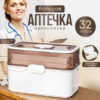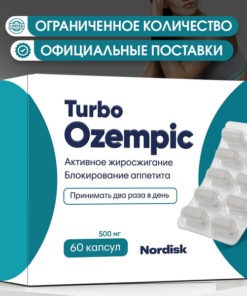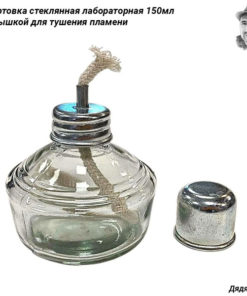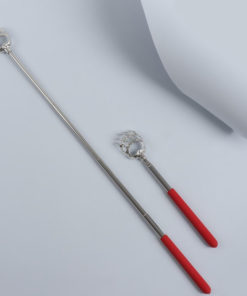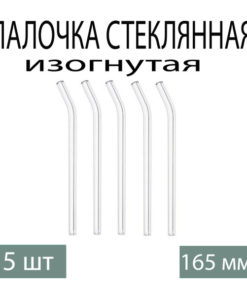-
×
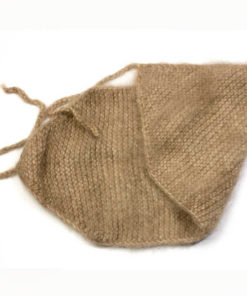 Dog Hair Belt
2 × $69.00
Dog Hair Belt
2 × $69.00 -
×
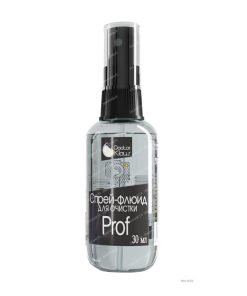 Fluid cleaning spray PROF 30 ml
1 × $19.00
Fluid cleaning spray PROF 30 ml
1 × $19.00 -
×
 COMBI-RELAX Pillow with 2 Buckwheat Hull Rollers
2 × $79.00
COMBI-RELAX Pillow with 2 Buckwheat Hull Rollers
2 × $79.00 -
×
 Impiana DC0005 C21M Eyeglass Frames
1 × $29.00
Impiana DC0005 C21M Eyeglass Frames
1 × $29.00 -
×
 Zambon Rinofluimucil Spray, 10 ml.
1 × $39.00
Zambon Rinofluimucil Spray, 10 ml.
1 × $39.00 -
×
 Water for injections in ampoules 5ml №10
1 × $9.00
Water for injections in ampoules 5ml №10
1 × $9.00 -
×
 Olive Green Convertible Multi-Purpose Tote Bag SURT-01
4 × $109.00
Olive Green Convertible Multi-Purpose Tote Bag SURT-01
4 × $109.00 -
×
 Boligol Cream for Mastopathy, Cysts, Nodular Goiter, Lymphadenitis (25ml)
1 × $19.00
Boligol Cream for Mastopathy, Cysts, Nodular Goiter, Lymphadenitis (25ml)
1 × $19.00 -
×
 Thanapoompat Nasol Sinus Drops: Organic Coconut Oil & Thai Herb Nasal Relief (35ml)
1 × $19.00
Thanapoompat Nasol Sinus Drops: Organic Coconut Oil & Thai Herb Nasal Relief (35ml)
1 × $19.00 -
×
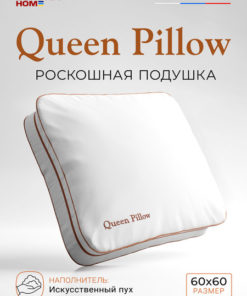 Queen Pillow, 60x60cm: Luxurious Comfort
1 × $99.00
Queen Pillow, 60x60cm: Luxurious Comfort
1 × $99.00 -
×
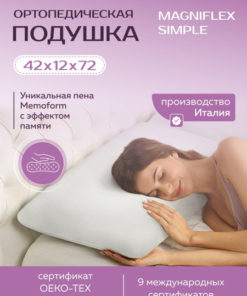 Magniflex Memoform Simple Pillow: Superior Comfort & Support
1 × $299.00
Magniflex Memoform Simple Pillow: Superior Comfort & Support
1 × $299.00 -
×
 Rubicon Venolex, 450 mg, 60 tablets
1 × $42.50
Rubicon Venolex, 450 mg, 60 tablets
1 × $42.50 -
×
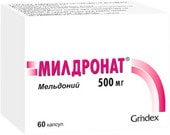 Grindex Mildronate, 500 mg, 60 caps.
1 × $52.50
Grindex Mildronate, 500 mg, 60 caps.
1 × $52.50 -
×
![Smith Frequency 086: [Relevant Keyword] Guide](https://globalhealingweb.com/wp-content/uploads/2024/11/6295017024-247x296.jpg) Smith Frequency 086: [Relevant Keyword] Guide
3 × $139.00
Smith Frequency 086: [Relevant Keyword] Guide
3 × $139.00 -
×
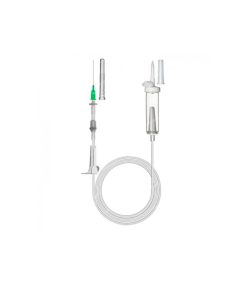 Transfusion system UMS-1-1 needle 0.8*40
1 × $9.00
Transfusion system UMS-1-1 needle 0.8*40
1 × $9.00 -
×
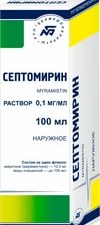 Belmedopreparations Septomirin solution, 0.1 mg / ml, 100 ml.
1 × $29.00
Belmedopreparations Septomirin solution, 0.1 mg / ml, 100 ml.
1 × $29.00 -
×
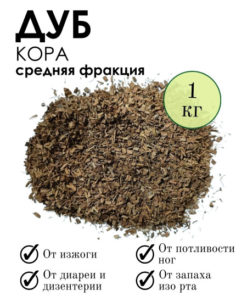 Oak Bark, 1kg
1 × $29.00
Oak Bark, 1kg
1 × $29.00 -
×
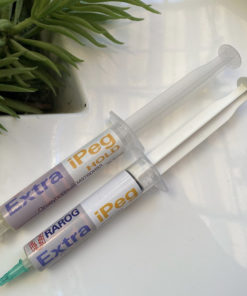 Liquid Treger Extra iPeg Syringe
2 × $69.00
Liquid Treger Extra iPeg Syringe
2 × $69.00 -
×
 Polpharma Pyrantel, 250 mg, can 3 tablets
1 × $19.00
Polpharma Pyrantel, 250 mg, can 3 tablets
1 × $19.00 -
×
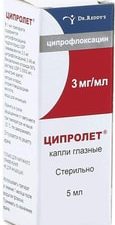 Dr. Reddy's Cyprolet drops, 3 mg / ml, 5 ml.
1 × $9.00
Dr. Reddy's Cyprolet drops, 3 mg / ml, 5 ml.
1 × $9.00 -
×
 CE6-35 BK Protective Caps (50 Pack)
1 × $39.00
CE6-35 BK Protective Caps (50 Pack)
1 × $39.00 -
×
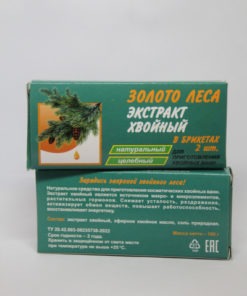 Pine Extract Briquettes (Direct from Manufacturer)
1 × $19.00
Pine Extract Briquettes (Direct from Manufacturer)
1 × $19.00 -
×
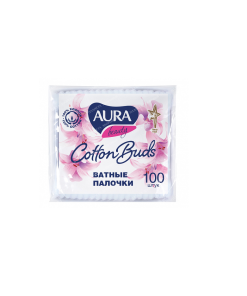 AURA beauty Cotton swabs (polyethylene bag), 100 pcs
1 × $9.00
AURA beauty Cotton swabs (polyethylene bag), 100 pcs
1 × $9.00 -
×
 White Disposable Cat Mask
1 × $9.00
White Disposable Cat Mask
1 × $9.00 -
×
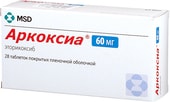 MSD Arcoxia, 60 mg, 28 tab.
1 × $81.50
MSD Arcoxia, 60 mg, 28 tab.
1 × $81.50 -
×
 Rubicon Venolex, 450 mg, 30 tablets
2 × $59.00
Rubicon Venolex, 450 mg, 30 tablets
2 × $59.00 -
×
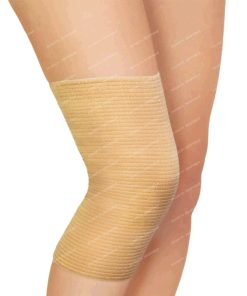 Elastic knee pad size 2 model 0802
1 × $19.00
Elastic knee pad size 2 model 0802
1 × $19.00 -
×
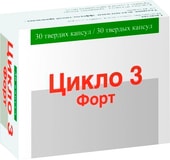 Pierre Fabre Cyclo 3 Fort, 30 caps.
1 × $57.50
Pierre Fabre Cyclo 3 Fort, 30 caps.
1 × $57.50 -
×
 Borimed Povidone-Iodine Ointment, 100 mg / 1 g, 20 g.
1 × $19.00
Borimed Povidone-Iodine Ointment, 100 mg / 1 g, 20 g.
1 × $19.00 -
×
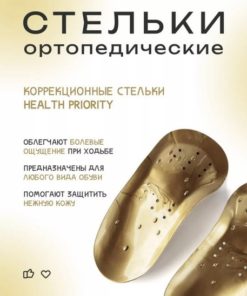 Guzhengji Orthotic Insoles: Corrective Foot Supports
1 × $649.00
Guzhengji Orthotic Insoles: Corrective Foot Supports
1 × $649.00 -
×
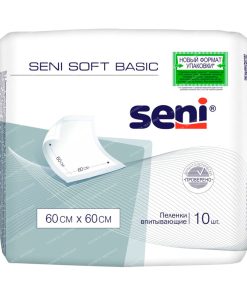 Seni Soft Basic Disposable diapers 60*60 cm (absorbent), 10 pcs
1 × $29.00
Seni Soft Basic Disposable diapers 60*60 cm (absorbent), 10 pcs
1 × $29.00
Subtotal: $3,058.00


